Slow release fertilizer balls are a type of fertilizer that slowly releases nutrients into the soil over a period of time. A mixture of nutrients and materials that break down slowly makes up these balls.
Providing a continuous supply of nutrients to plants. Unlike other fertilizers that quickly dissolve and release nutrients. Fertilizer balls can provide plants with a steady supply of nutrients for up to several months. This type of fertilizer is especially useful for plants that require a consistent supply of nutrients to develop properly, such as vegetables, fruits, and flowering plants.
Fertilizer balls also benefit the environment by reducing the risk of nutrient runoff and pollution. With their long-lasting benefits, fertilizer balls are becoming increasingly popular among gardeners and farmers alike.
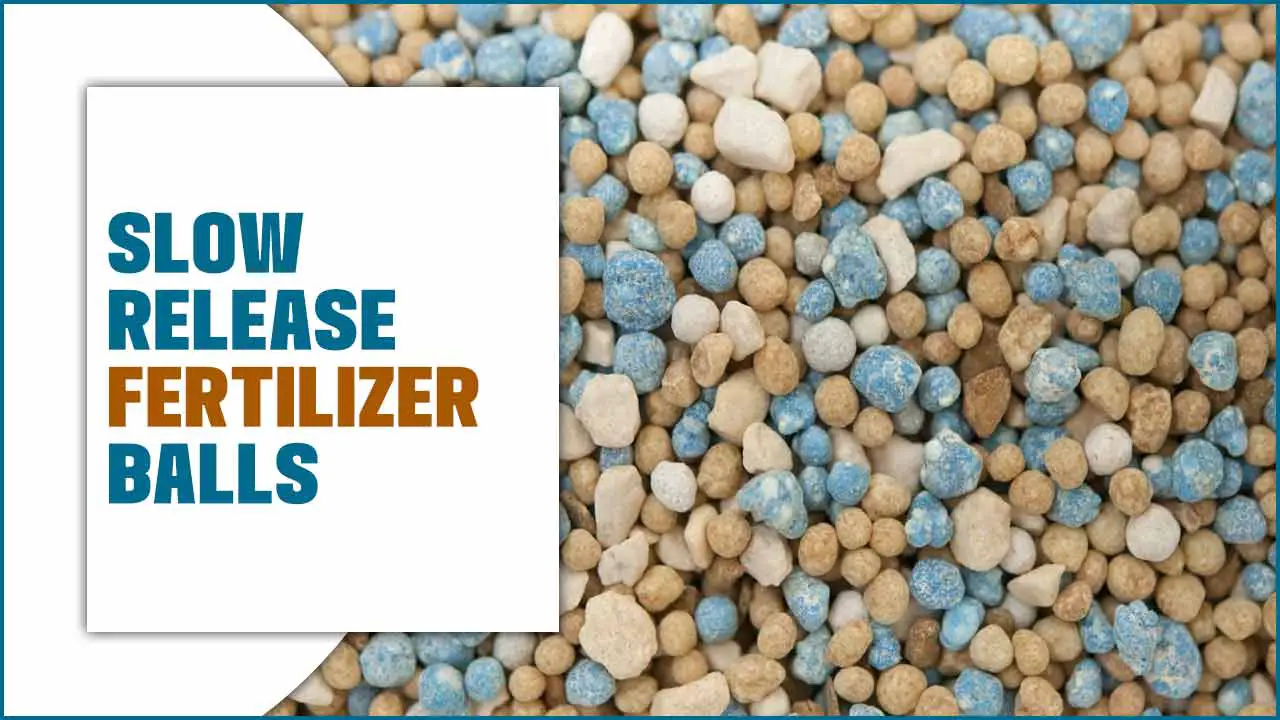
Type Of Slow Release Fertilizer
It’s important to consider the specific nutrient requirements of your plants and consult the product labels or a gardening expert to choose the most suitable slow-release fertilizer balls for your needs. There are various types of slow-release fertilizer balls available in the market. Here are a few common ones:
- Polymer-Coated Slow-Release Fertilizer Balls: These balls have a polymer coating that controls the release of nutrients. The coating gradually breaks down, allowing a steady nutrient release over time.
- Organic Slow-Release Fertilizer Balls: We make these balls from natural materials such as compost, manure, or other organic substances. They release nutrients slowly as they decompose, providing a sustainable nutrient source for plants.
- Nutrient-Enriched Clay Balls: Clay and nutrients compose these balls. As the clay absorbs water, it swells and slowly releases the nutrients into the soil, ensuring a consistent supply to the plants.
- Controlled-Release Granular Fertilizer Balls: These balls contain fertiliser granules with a specially formulated coating. The coating regulates the release of nutrients based on temperature, moisture, and microbial activity in the soil.
- Osmocote Fertilizer Balls: Osmocote is a popular brand that offers slow-release fertilizer balls. A resin coats their balls that release nutrients gradually, providing balanced nutrition for plants.
How To Apply Slow Release Fertilizer Balls Properly
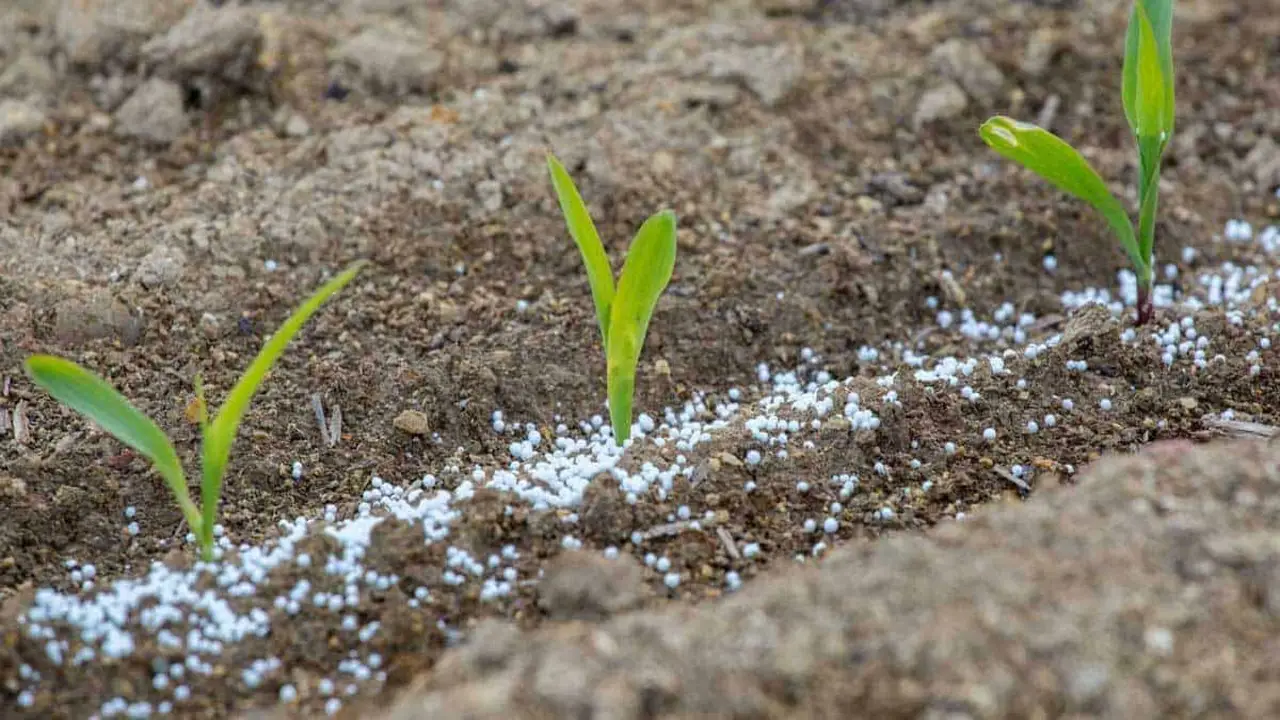
Slow release fertilizer are small pellets that contain nutrients for plants. The designers made them release the nutrients gradually over time. Depending on the temperature, moisture, and soil conditions.
People often use them in potting mixes or for nursery plants. They can provide a steady food supply for the plants without frequent fertilizing. To apply slow release fertilizer balls properly, you should need to know these steps.
Determine The Amount Of Fertilizer Needed
The amount of fertilizer needed depends on the plant’s type and size, the container’s size, and the formulation of the fertilizer balls. You should read the label of the product carefully and follow the instructions for application rate and frequency. Generally, you should use about 1 to 2 tablespoons of fertilizer balls per gallon of potting mix, or about 1 to 2 teaspoons per 6-inch pot.
Prepare The Soil For Application
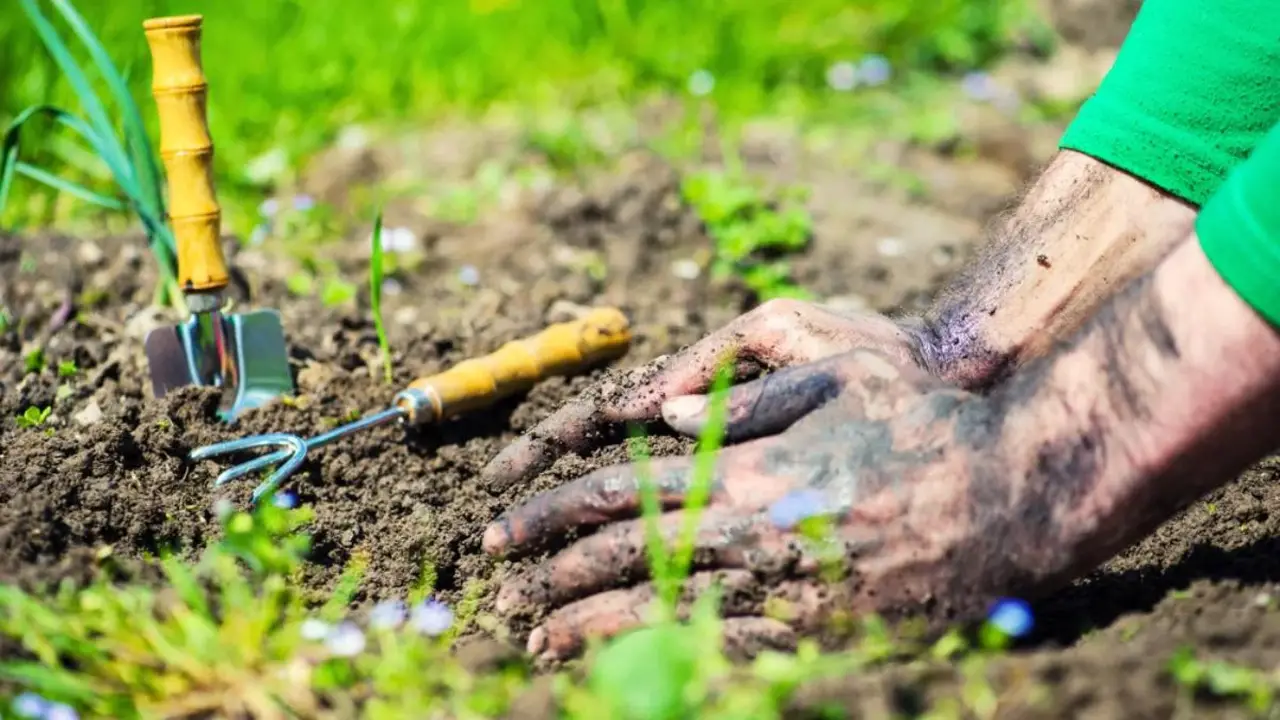
Before applying the fertilizer balls, you should prepare the soil by loosening it and removing any weeds or debris. You should also water the soil well to moisten it and help the fertilizer balls dissolve faster. You can also add some organic matter, such as compost or peat moss, to improve the soil quality and drainage.
Scatter The Fertilizer Balls Evenly
To ensure even distribution of nutrients, you should scatter the fertilizer balls evenly over the surface of the soil. You can use your hand or a spoon to spread them around. You should avoid placing them too close to the stem or roots of the plant, as this can cause burning or damage.
Cover The Fertilizer Balls With Soil
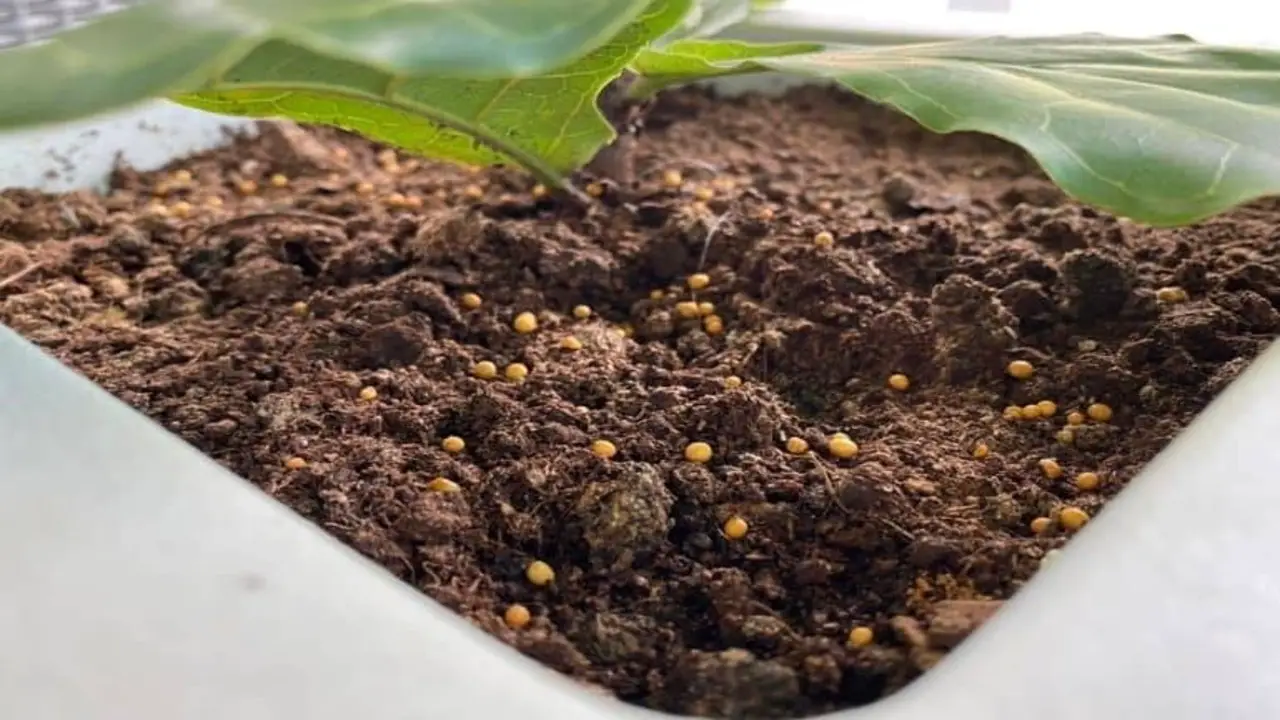
To prevent rain or irrigation from washing away the fertilizer balls. You should cover them with a thin layer of soil. Also, you can use your hand or a rake to gently mix them into the top 1 to 2 inches of soil. You should not bury them too deep, as this can reduce their effectiveness.
Water The Area Thoroughly
After applying the fertilizer balls, you should water the area thoroughly to activate them and help them dissolve into the soil. You should water slowly and deeply until water drains out of the bottom of the pot or container. You should avoid overwatering or underwatering your plants, as this can affect their growth and health.
Advantages Of Using A Slow-Release Fertilizer
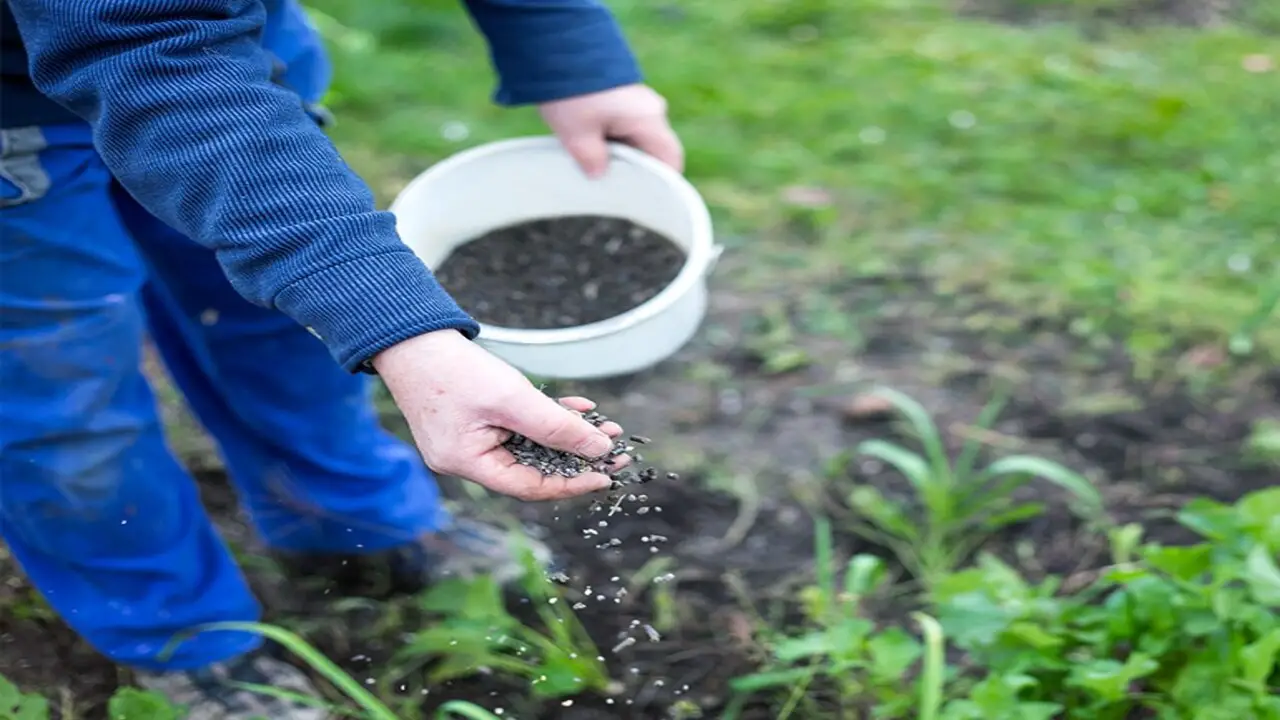
Using slow-release fertilizer balls has several advantages over other types of fertilizers. They are easy and convenient, not requiring frequent application or mixing. We provide a consistent and balanced supply of nutrients for plants as they gradually release them according to their needs.
They reduce nutrient leaching and runoff, as they are contained in a polymer coating that prevents them from dissolving too quickly. They reduce salt buildup and root burn, as they deliver nutrients in small doses that do not harm the plant’s tissues.
Alternatives To Slow-Release Fertilizer
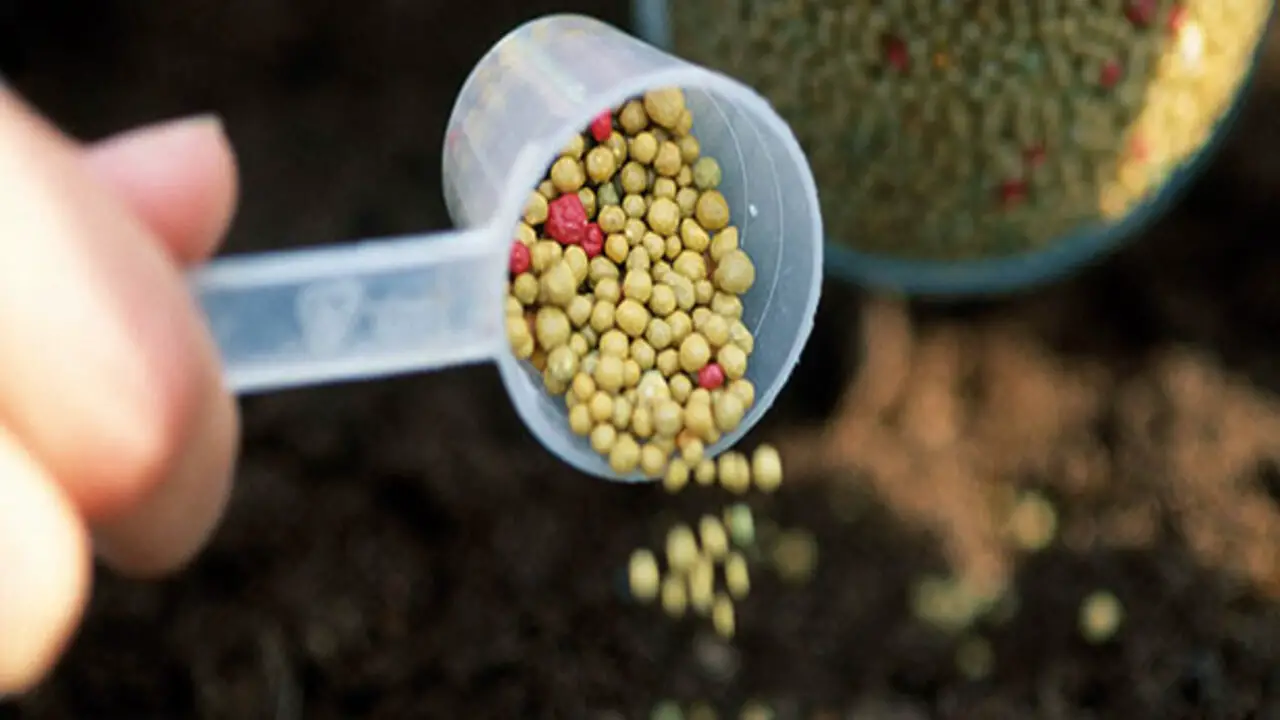
Slow-release fertilizer can be a convenient way to fertilize plants, but some alternatives may be more environmentally friendly or cost-effective. If you do not want to use slow release fertilizer, you can use other alternatives that can also provide nutrients for your plants, such as:
- Liquid fertilizers: These are water-soluble fertilizers that are applied by spraying or watering. They are fast-acting and readily available for plants, but they also require frequent application and can cause nutrient leaching and runoff.
- Granular fertilizers: These are dry fertilizers that are applied by sprinkling or broadcasting. They are also fast-acting and readily available for plants, but they also require frequent application and can cause nutrient leaching and runoff.
- Organic fertilizers: These are natural fertilizers that are derived from plant or animal sources, such as compost, manure, bone meal, or blood meal.
Conclusion
Slow release fertilizer balls have proven to be an effective solution for enhancing plant growth and reducing the need for frequent fertilizer applications. These small balls slowly release nutrients over an extended period, allowing plants to receive a steady supply of nutrients without being overwhelmed by excess.
They are also environmentally friendly as they reduce the amount of fertilizer runoff, which can contaminate nearby water sources. Moreover, fertilizer balls offer convenience to gardeners and farmers, as they require less frequent application and can save time and labor costs.
While other options may be available, fertilizer balls have shown promising results in improving plant health and yield. Therefore, it is worth considering the use of slow release fertilizer as a sustainable and cost-effective approach to fertilizing plants.
FAQ’s
[rank_math_rich_snippet id=”s-e99d43e6-63a3-4638-bec4-d668998c996a”]

I am passionate about home engineering. I specialize in designing, installing, and maintaining heating, ventilation, and air conditioning systems. My goal is to help people stay comfortable in their homes all year long.
